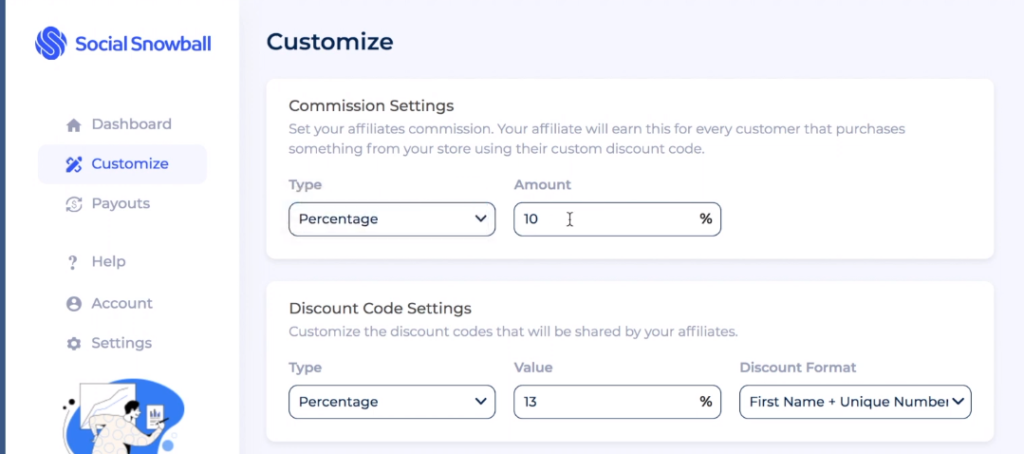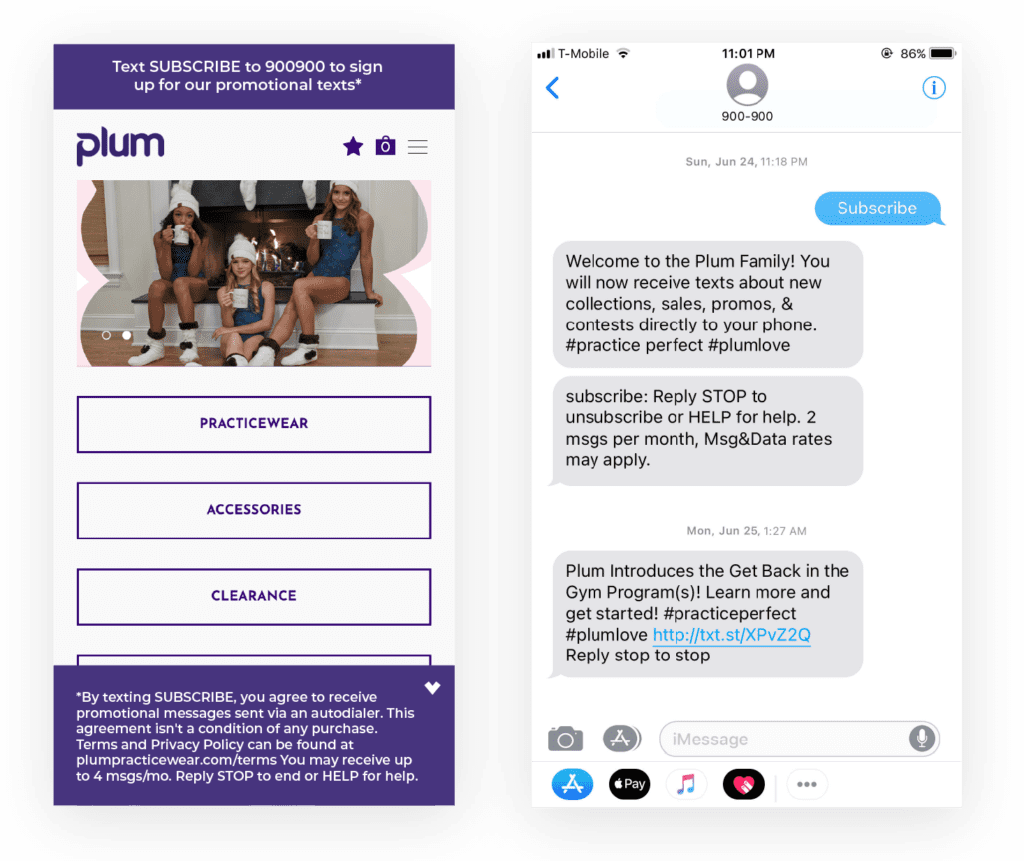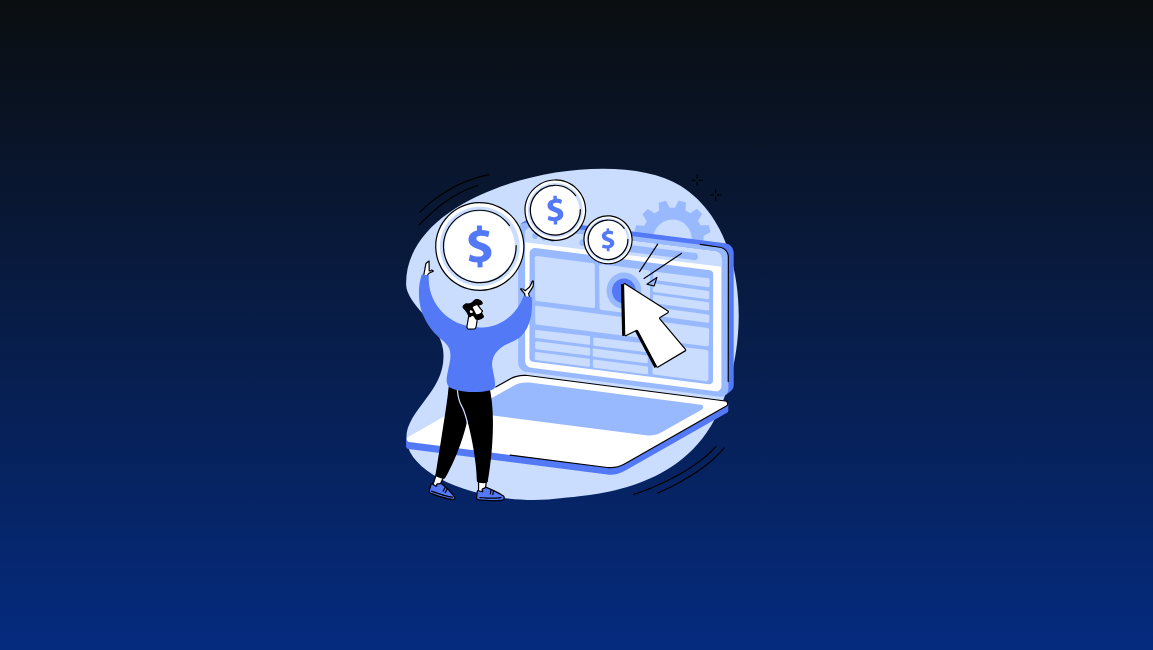With the recent iOS 14.5 update, Apple users (i.e., 58.12% of mobile users in the US) can choose not to be tracked across apps on iPhone.
As much as it’s good news for users, it’s bad news for e-commerce store owners😞.
Most Shopify stores — possibly yours too — depend largely on Facebook ads and Google ads for sales. This update diminishes the power of pixel, leading to inaccurate conversions data, poorer remarketing, and messed-up audience data.
In other words, it drastically decreases the ROI of ads. And there’s very little you can do about it. Except…you can look beyond ads.
Focus on these marketing channels to grow your Shopify store:
1. Affiliate marketing
Goal: Get new customers; increase customer loyalty.
Affiliate marketing is a word-of-mouth marketing initiative designed to incentivize happy customers or influencers to introduce your products to their friends, family, social contacts, or followers/visitors.

Typically, the incentive (you decide – a coupon code, discount, cash reward, free membership, etc.) is paid only after successful signup or purchase. Meaning, affiliate marketing is a low-cost, high-value marketing channel.
It’s also the easiest channel to increase sales if your store has a considerable amount of customers.
For example, Bees Mission — one of Social Snowball users — increased top-line revenue by 12% just by adding an affiliate program to the store. Similarly, there are many successful affiliate and referral program examples you can get inspired from to start an affiliate program for your Shopify store.
The best part about it: No iOS update, or any external factor for that matter, can stop affiliate revenue if your customers are happy with your products and service.
Start your 14-day free trial with Social Snowball – the best-rated Shopify affiliate marketing software
Related reads:
2. Organic social
Goal: Attract new customers; increase customer loyalty.
Organic social is any social media activity without paid promotions. Essentially, you share content and engage with others’ content to raise awareness and generate sales with this method.
Unlike paid ads, building social media presence organically takes a lot of time. However, because you are doing everything within that particular platform, there’s no chance an iOS update can stop your growth. Plus, once you’ve built an audience, that audience is yours — you don’t have to pay every time you want to reach people.

Here are a few tips for growing your Shopify store with organic social:
-
- Balance between promotional & other content: Consider your social media as a sales funnel. Unknown people will follow you for ToFu (top of the funnel) content — that can be user-generated images/videos, informational pieces, behind-the-scenes footage, memes, or just about anything that isn’t directly promotional. Now and then, when you have a new product release or sale, you can post promotional content.
-
- Choose suitable social media: Depending on what you sell on your Shopify store, you should focus on the most relevant social media sites. E.g., If yours is a D2C brand, Instagram, Tik Tok, Pinterest, and likes are the most relevant platforms for you.
-
- Chase the reach: Some platforms offer better organic reach than others. These days, Instagram Reels, Tik Tok, YouTube Shorts, and LinkedIn offer extraordinary organic reach. Leverage it! (We discussed something along the lines on the last The Snowball Effect episode on YouTube — check it out!)
-
- Engage: Reply to the comments on your posts, comment on others’ posts, solve user queries directly in the DMs, engage with posts that tag your brand.
3. Search Engine Optimization (SEO)
Goal: Get new customers.
As per an eMarketer report, 35% of product searches start on Google. Another stat says 93% of online experiences start from a search engine like Google.
Moreover, search engine queries relating to e-commerce are high-intent, unlike spray-and-pray ads. For instance, if you search “olive green tee under $20,” you are likely looking to buy an olive green tee that costs under $20.
All in all: Clearly, SEO can benefit your Shopify store. However, as you might already know, you don’t reap the rewards immediately with SEO. It’s a long-term game, which you probably weren’t willing to play because those ROAS numbers were too satisfactory.
Now that the iOS update has ruined ad ROI, SEO might well be THE channel to invest in.
Here’s a great guide on Ecommerce SEO by Ahrefs.
4. Email Marketing
Goal: Engage warm leads & existing customers to get sales & increase LTV.
Email marketing (i.e., using email as a marketing channel to promote your product or service) gives $42 for every $1 spent.
Primarily, email marketing is used:
- To convert warm leads into customers: You can send a welcome email, informational emails, coupon codes, ongoing sale emails, cart abandonment emails, and more to people who have given their email but haven’t made a purchase.
- To make existing customers spend more: Statistically, the probability of selling to an existing customer is between 60% and 70%, whereas the probability of selling to a new customer is only between 5% to 20%.
Here’s a great guide by Shopify itself to grow your store with email marketing.
5. SMS Marketing
Goal: Engage existing customers to increase LTV.
SMS might be the most underutilized, high-value communication channel. If you aren’t using it already, here are some statistics that will change your mind:
- 75% of people wouldn’t mind receiving an SMS text message from a brand if they opt-in for the service.
- The average open rate for text message marketing campaigns is 98%, compared to a 20% open rate for email marketing campaigns.
- An experiment by Raange resulted in a 3000% ROI using SMS Marketing!

Typically, anything like a coupon code or new offers that you can communicate in a sentence or two should be sent via SMS. Here’s a fantastic SMS marketing for e-commerce guide by SimpleTexting.
6. Influencer Marketing
Goal: Increase awareness.
Alongside organic social, you can use others’ organic reach and influence to increase awareness & sales for your store. It’s called influencer marketing, and no OS update can influence this marketing channel.
Businesses make $5.20 for every $1 spent on influencer marketing, according to Influencer Marketing Hub.

Here’s a fantastic influencer marketing example: Cristiano Ronaldo displaying his Nike shoes with his 250 million+ Instagram followers.
All in all
There are plenty of ways to grow your Shopify store.
The ROI of ads plummeted because of the new iOS update? No worries. Focus on these channels to win new customers, increase LTV of existing customers, and convert warm leads:
- Affiliate marketing/Referral marketing [Here’s our guide on how to start an affiliate program]
- Search Engine Optimization
- Organic social
- Email marketing
- SMS marketing
- Influencer marketing
Did we miss any other channel that has helped you grow your e-commerce business? Let us know in the comments below.




